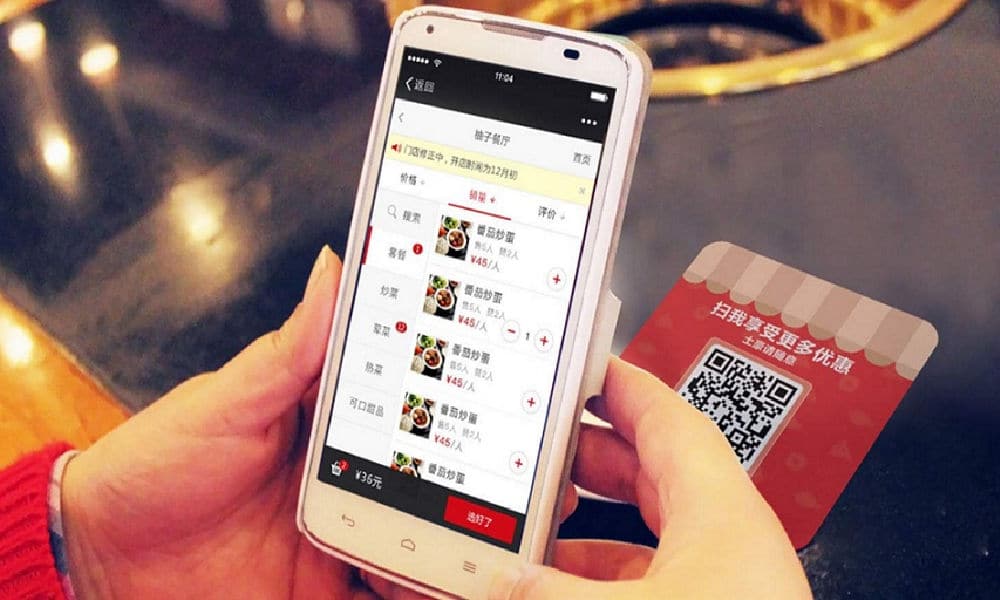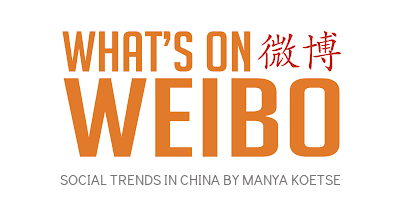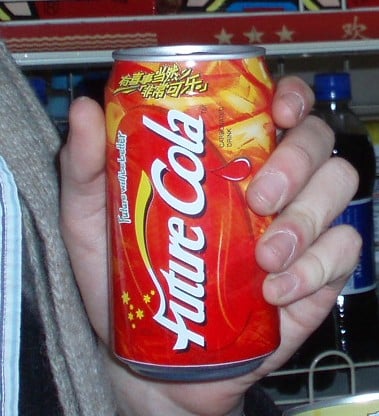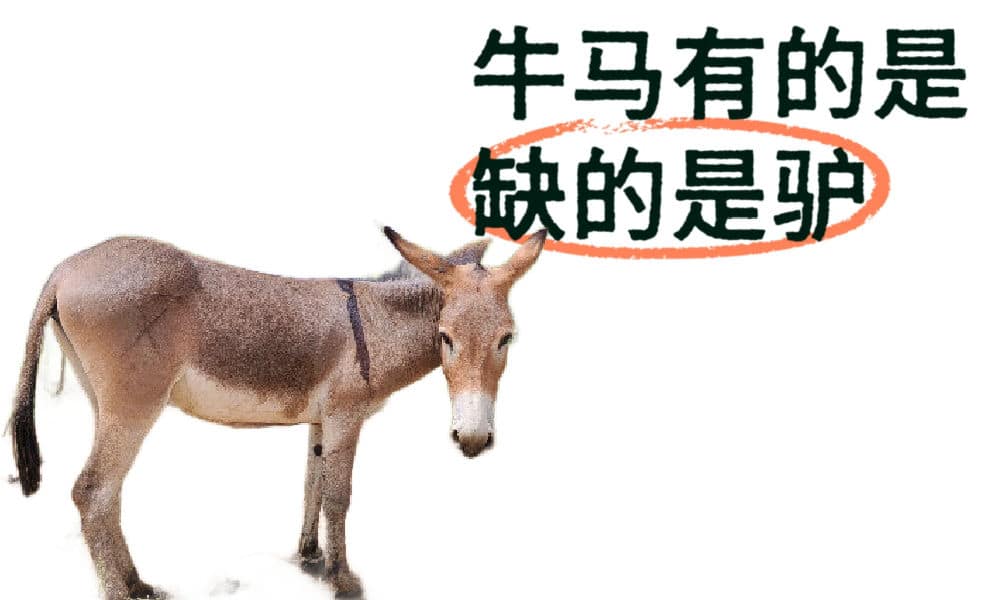QR code-based ordering is the new normal in Chinese restaurants, but contactless ordering also comes with major downsides. In a recent People’s Daily article, consumers’ rights expert Chen Yinjiang argues that contactless ordering can’t be the sole service option offered by businesses.
Along with China’s rapid digitalization, QR code-based ordering has become the norm for many restaurants across the country. Although many see QR code-based self-service – from waiting in line to ordering and paying – as a convenience that also saves the restaurant costs on staff, there are also downsides to these digital developments.
Contactless ordering is not just the new normal in many restaurants, it often also is the only way in which customers can order.
In a recent article published by Chinese state media outlet People’s Daily, the deputy secretary-general of China Consumer Protection Law Society, Chen Yinjiang (陈音江), argues that business owners in China should offer customers the choice, saying: “Consumers have the right to choose whether they want to order by scanning a code or order through a waiter. Businesses can’t just consider the costs without considering the customer experience – especially when they neglect the requirements of elderly consumers.”

Image via http://www.hnntv.cn/
On Chinese social media, the criticism of exclusive QR code-based service in restaurants has become a hot topic of discussion. The hashtag “People’s Daily Discusses QR Code-Based Ordering” (#人民日报谈扫码点餐#) received 280 million views on Weibo on Monday.
Both the People’s Daily article and the online discussions mention the following three major downsides to QR code-based ordering.
1. Missing the Communication with the Waiter
One downside to contactless ordering is that customers miss out on the experience of communicating their order directly with the restaurant staff.
One reason why people would prefer to place their order directly with the waiter is that it gives them an opportunity to inquire about the menu, get advice on the best choice to make, and to communicate any special dietary wishes and preferences.
But another reason is simply that talking to restaurant staff is part of the dining out experience, with self-service ordering being a rather bleak substitute for those people who would actually like to have some more human interaction when they go out for food.
“If a restaurant only lets people order through smartphone and don’t offer a menu, the entire sense of ritual [of eating out] is gone,” one person comments, with others agreeing: “Ordering food is part of the dining culture.”
2. Leaving the Non-Tech-Savvy Customers Behind
Contactless ordering is also a nuisance to the elderly and non-tech-savvy customers who struggle to scan a QR code and place an order. For them, the process of online ordering is not convenient or fast but actually makes their restaurant experience all the more difficult and complicated.
“We live in an aging society. We really need to have other ways of handling this for the future,” one popular comment on Weibo said.
Other commenters also indicate that even for people who are used to ordering online, the process can be a nuisance. When changing their mind about their order, or accidentally ordering a wrong item, the entire order is gone and the customer needs to start from scratch again. This makes the process far less convenient than ordering with a staff member.
3. Privacy and Spam Concerns
There are also those who find that QR-based ordering is an invasion of their privacy. Many restaurants require customers to register or to ‘follow’ them on WeChat or elsewhere before allowing contactless ordering.
This means that customers do not only give away some personal information stored in their app profile, it also means that it is easy for companies to keep on sending promotions and other information to their customers long after they have left their restaurants.
While this might be an efficient marketing strategy for businesses, many people see this as a major disadvantage to QR-based ordering, and this complaint is one of the most-discussed ones on Weibo.
“Contactless ordering is actually a good thing, it is the fact that you need to register or follow the company before you can place an order that’s the problem,” multiple commenters say.
“I just want to order food – why would you need my phone number for that? Why would I need to follow your account for that?”
Many commenters on Weibo indicate that if restaurants only offer QR code-based ordering, they would rather not eat there at all.
Despite the criticism on self-service ordering, it is also praised by many. The general consensus on Weibo seems to be that virtual ordering is great, but should not be the only way to order and that smartphones and tablets should never replace ‘old-fashioned’ menus and waiters.
By Manya Koetse
Featured image via http://dc.wio2o.com/new/diancan.php
Spotted a mistake or want to add something? Please let us know in comments below or email us. First-time commenters, please be patient – we will have to manually approve your comment before it appears.
©2021 Whatsonweibo. All rights reserved. Do not reproduce our content without permission – you can contact us at info@whatsonweibo.com.


 China Memes & Viral3 months ago
China Memes & Viral3 months ago
 China Books & Literature12 months ago
China Books & Literature12 months ago
 China Insight5 months ago
China Insight5 months ago
 China Memes & Viral10 months ago
China Memes & Viral10 months ago



















